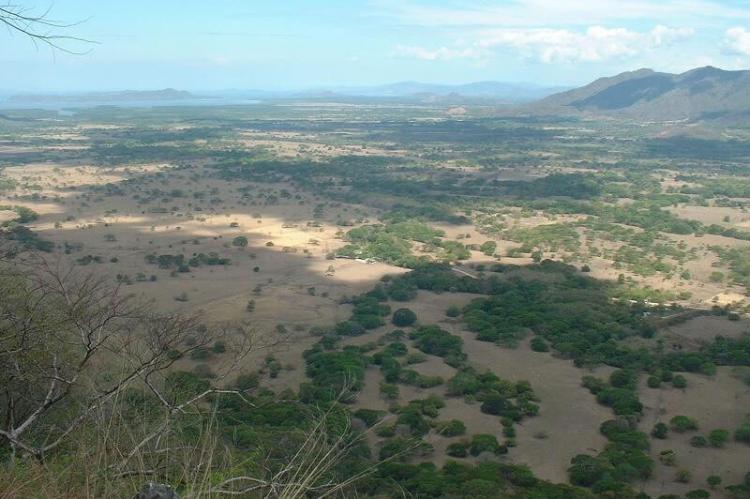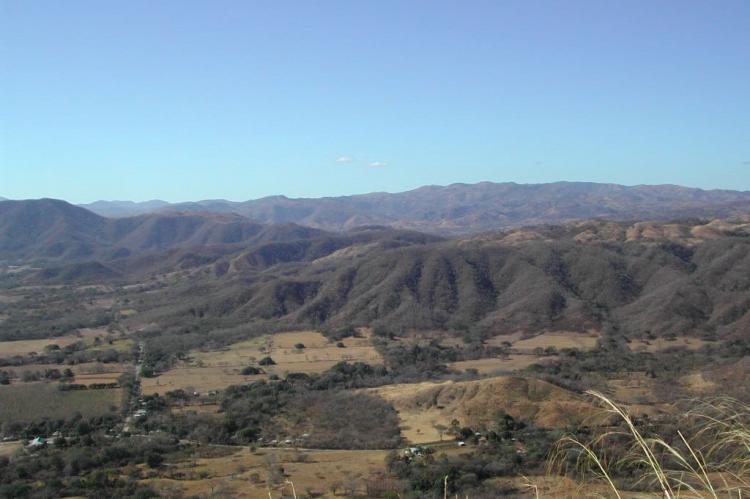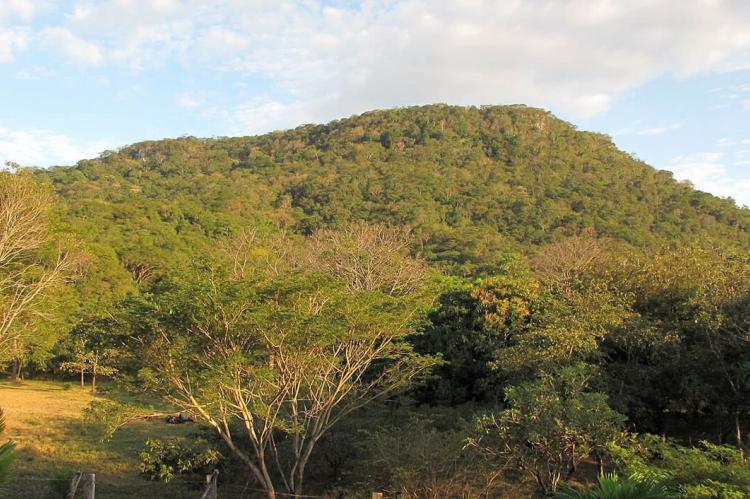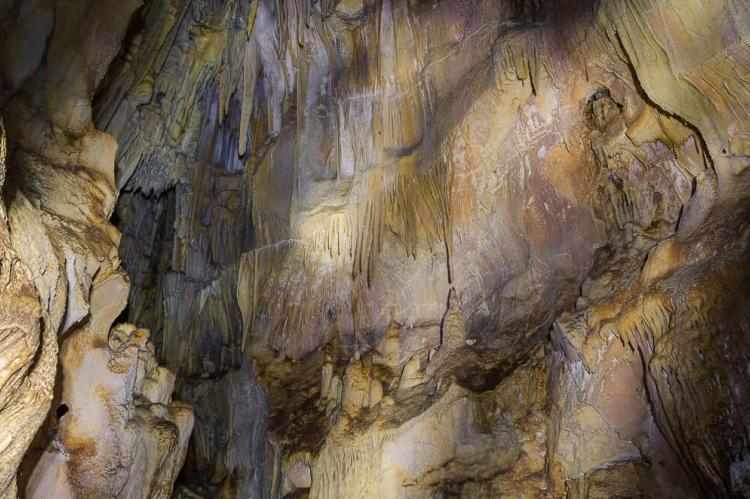Discovering the Riches of Barra Honda National Park
Nestled on the Nicoya Peninsula in western Costa Rica, Barra Honda National Park is a testament to the country's geological marvels and rich biodiversity. This protected area, teeming with diverse flora and fauna, encompasses a landscape shaped by millions of years of geological processes.
Discovering the Riches of Barra Honda National Park
Nestled on the picturesque Nicoya Peninsula in western Costa Rica, Barra Honda National Park stands as a testament to the country's geological marvels and rich biodiversity. Established in 1974, this protected area in the province of Guanacaste encompasses a fascinating landscape shaped by millions of years of geological processes and teeming with diverse flora and fauna.
Geological Heritage
The geological history of Barra Honda National Park is as intriguing as it is ancient. The park's centerpiece, Barra Honda Peak, rises majestically from the plains of the Tempisque River valley. Its nearly flat mesa reaches 300 meters (984 feet) above sea level. But the true wonder lies beneath the surface.
Millions of years ago, during the Miocene Era, the Nicoya Peninsula was submerged beneath the waves, hosting a vibrant coral reef ecosystem. Over time, tectonic movements and geological upheavals gradually lifted the submerged islets above sea level, forming the foundation of what we now know as Barra Honda National Park.
As the reef emerged from the depths, rainwater began to seep through the porous limestone rock, carving intricate underground passages and caverns. These subterranean wonders, more than 40 in total, remain largely unexplored, with only a fraction of the caves accessible to visitors.
The Enigmatic Caves
Perhaps the most renowned feature of Barra Honda National Park is its labyrinthine cave systems, concealed within the depths of the limestone formations. Tectonic faulting and erosion created ideal conditions for rainwater infiltrating the rock, gradually carving out passages and chambers over millions of years.
Among the notable caves is Nicoa, where ancient artifacts and human remains dating back to approximately 300 BC were unearthed, providing valuable insights into the region's pre-Columbian history. Another highlight is Santa Ana, known for its stunning stalactites and columns, plunging an impressive 240 meters (787 feet) into the earth's depths.
Despite their remarkable beauty and scientific significance, many of Barra Honda's caves remain inaccessible to all but the most experienced spelunkers. Their entrances are often concealed and challenging to navigate without specialized equipment and expert guidance.
Biodiversity in the Darkness
While the caves of Barra Honda National Park captivate with their geological wonders, the subterranean world also harbors a diverse array of life adapted to the darkness. Rare species such as blind salamanders and endemic fish thrive in the underground waterways, where sunlight never reaches. Colonies of bats roost within the cave system, their nocturnal flights echoing through the caverns as they hunt for insects.
Above Ground Adventures
Beyond the mysterious depths of the caves, Barra Honda National Park offers visitors an opportunity to explore its diverse surface terrain. Lush forests teeming with wildlife, rocky outcrops adorned with vibrant flora, and meandering trails leading to scenic viewpoints await those who venture into the park's embrace.
Conservation and Preservation
As a protected area, Barra Honda National Park plays a vital role in conserving Costa Rica's natural heritage. Efforts to safeguard the park's unique geological formations and delicate ecosystems are ongoing, focusing on sustainable tourism practices, scientific research, and environmental education.
Conclusion
In conclusion, Barra Honda National Park invites adventurers and nature enthusiasts to explore and discover it, from the depths of its ancient caves to the heights of its rugged peaks. With its remarkable geological features, rich biodiversity, and commitment to conservation, the park remains a captivating destination for those seeking to connect with the wonders of Costa Rica's wild heart.



